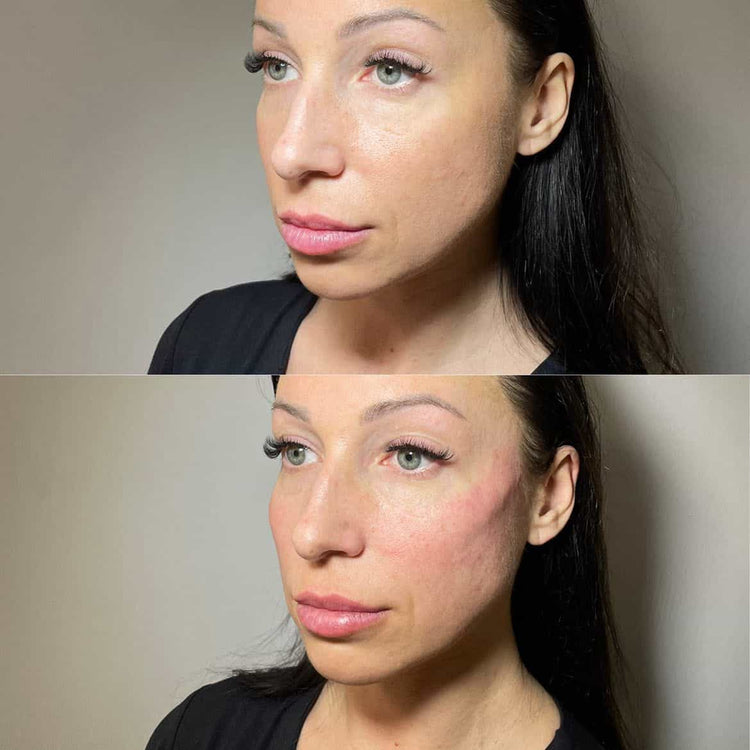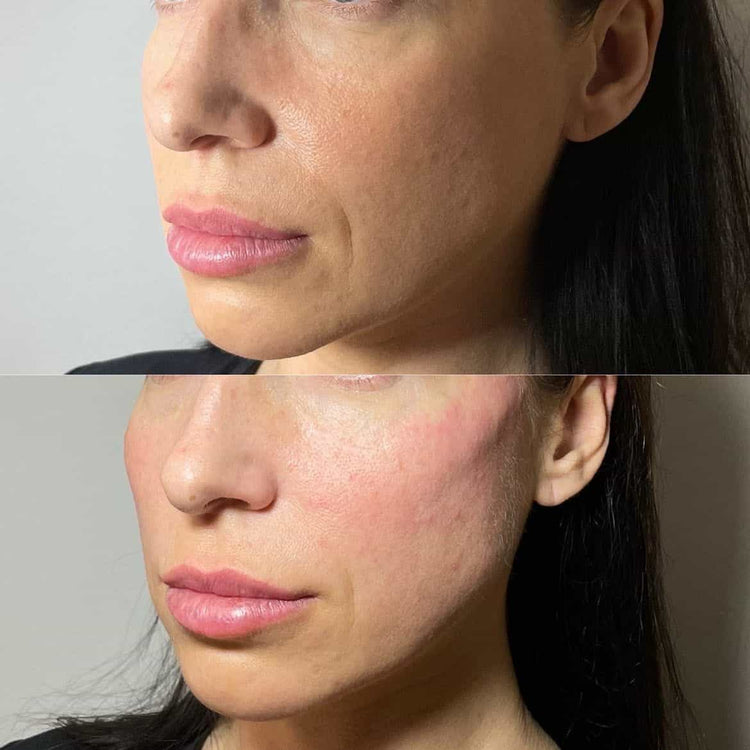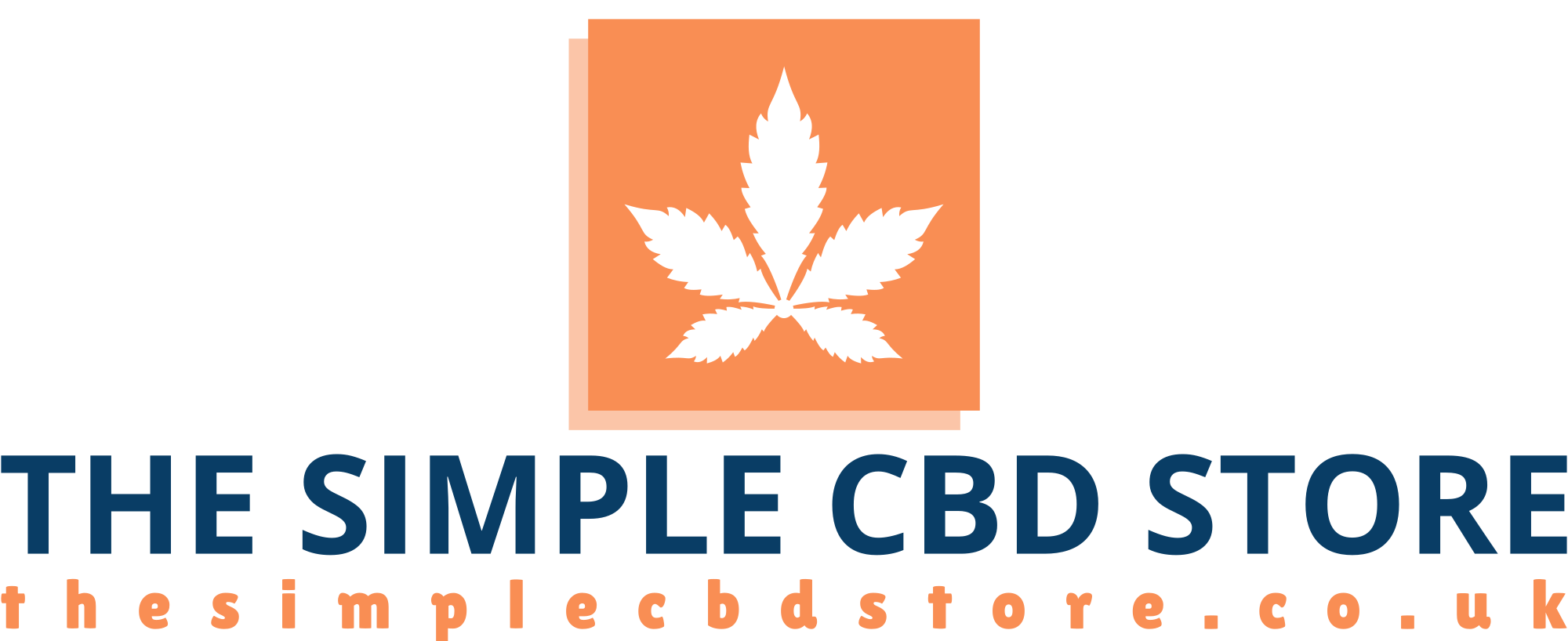What are Cheek Fillers?
Cheek fillers are a popular non-surgical cosmetic treatment used to enhance the appearance of the cheeks. They involve injecting hyaluronic acid, a naturally occurring substance in the body, into specific areas of the cheekbones to add volume, lift, and contour.
Types of Cheek Fillers
Cheek fillers are a popular non-surgical cosmetic treatment used to enhance the appearance of the cheeks. They involve injecting hyaluronic acid, a naturally occurring substance in the body, into specific areas of the cheekbones to add volume, lift, and contour.
There are several types of cheek fillers available, each with its own unique properties:

- Hyaluronic Acid Fillers: These are the most common type of cheek filler. They work by attracting and retaining water, which plumps up the cheeks and adds volume.
- Calcium Hydroxylapatite Fillers: These fillers are made from a natural mineral and provide more lasting results than hyaluronic acid fillers.
- Poly-L-Lactic Acid (PLLA) Fillers: These fillers stimulate collagen production, gradually adding volume to the cheeks over time. Results can last for several years.
Filler Ingredients
Cheek fillers are a popular non-surgical cosmetic treatment used to enhance the appearance of the cheeks. They involve injecting hyaluronic acid, a naturally occurring substance in the body, into specific areas of the cheekbones to add volume, lift, and contour.
There are several types of cheek fillers available, each with its own unique properties:
- Hyaluronic Acid Fillers: These are the most common type of cheek filler. They work by attracting and retaining water, which plumps up the cheeks and adds volume.
- Calcium Hydroxylapatite Fillers: These fillers are made from a natural mineral and provide more lasting results than hyaluronic acid fillers.
- Poly-L-Lactic Acid (PLLA) Fillers: These fillers stimulate collagen production, gradually adding volume to the cheeks over time. Results can last for several years.
How Cheek Fillers Work
Cheek fillers are a popular non-surgical cosmetic treatment used to enhance the appearance of the cheeks. They involve injecting hyaluronic acid, a naturally occurring substance in the body, into specific areas of the cheekbones to add volume, lift, and contour.
Injection Process
The injection process for cheek fillers is relatively quick and straightforward. A trained medical professional will first clean and numb the treatment area with a local anesthetic. Then, using a fine needle or cannula (a blunt-tipped tube), they will carefully inject the filler material into specific points on the cheekbones.
The amount of filler needed will vary depending on the individual’s desired outcome and the type of filler used. The injection process itself typically takes 15 to 30 minutes, and most people experience only mild discomfort during the procedure.
Immediately after the injections, there may be some temporary swelling, redness, or bruising around the injection sites. These side effects usually subside within a few days. It’s important to follow the aftercare instructions provided by your medical professional to minimize any potential complications and ensure optimal results.
Effects on Facial Structure
Cheek fillers are a popular non-surgical cosmetic treatment used to enhance the appearance of the cheeks. They involve injecting hyaluronic acid, a naturally occurring substance in the body, into specific areas of the cheekbones to add volume, lift, and contour.
There are several types of cheek fillers available, each with its own unique properties:
- Hyaluronic Acid Fillers: These are the most common type of cheek filler. They work by attracting and retaining water, which plumps up the cheeks and adds volume.
- Calcium Hydroxylapatite Fillers: These fillers are made from a natural mineral and provide more lasting results than hyaluronic acid fillers.
- Poly-L-Lactic Acid (PLLA) Fillers: These fillers stimulate collagen production, gradually adding volume to the cheeks over time. Results can last for several years.
The injection process for cheek fillers is relatively quick and straightforward. A trained medical professional will first clean and numb the treatment area with a local anesthetic. Then, using a fine needle or cannula (a blunt-tipped tube), they will carefully inject the filler material into specific points on the cheekbones.
The amount of filler needed will vary depending on the individual’s desired outcome and the type of filler used. The injection process itself typically takes 15 to 30 minutes, and most people experience only mild discomfort during the procedure.
Immediately after the injections, there may be some temporary swelling, redness, or bruising around the injection sites. These side effects usually subside within a few days. It’s important to follow the aftercare instructions provided by your medical professional to minimize any potential complications and ensure optimal results.
Benefits of Cheek Fillers
Cheek fillers offer a non-invasive way to enhance facial contours and achieve a more youthful appearance. By strategically injecting hyaluronic acid, a naturally occurring substance in the body, these treatments add volume, lift, and definition to the cheeks, subtly reshaping the face.
Enhancement of Facial Features
Cheek fillers are a popular non-surgical cosmetic treatment used to enhance the appearance of the cheeks. They involve injecting hyaluronic acid, a naturally occurring substance in the body, into specific areas of the cheekbones to add volume, lift, and contour.

There are several benefits associated with cheek fillers.
- They can restore lost volume and plumpness to the cheeks, reducing the appearance of hollows or sagging.
- Cheek fillers can create a more youthful and defined facial profile by lifting the cheekbones and enhancing the jawline.
- They can also improve the symmetry of the face by balancing out any asymmetry in the cheeks.
- Cheek fillers are a relatively quick and easy procedure, with minimal downtime required for recovery.
Addressing Facial Volume Loss
Cheek fillers offer a non-invasive way to enhance facial contours and achieve a more youthful appearance. By strategically injecting hyaluronic acid, a naturally occurring substance in the body, these treatments add volume, lift, and definition to the cheeks, subtly reshaping the face.
Cheek fillers are a popular non-surgical cosmetic treatment used to enhance the appearance of the cheeks. They involve injecting hyaluronic acid, a naturally occurring substance in the body, into specific areas of the cheekbones to add volume, lift, and contour.
There are several benefits associated with cheek fillers.
- They can restore lost volume and plumpness to the cheeks, reducing the appearance of hollows or sagging.
- Cheek fillers can create a more youthful and defined facial profile by lifting the cheekbones and enhancing the jawline.
- They can also improve the symmetry of the face by balancing out any asymmetry in the cheeks.
- Cheek fillers are a relatively quick and easy procedure, with minimal downtime required for recovery.
Non-Surgical Approach
Cheek fillers offer a non-invasive way to enhance facial contours and achieve a more youthful appearance. By strategically injecting hyaluronic acid, a naturally occurring substance in the body, these treatments add volume, lift, and definition to the cheeks, subtly reshaping the face.
Cheek fillers are a popular non-surgical cosmetic treatment used to enhance the appearance of the cheeks. They involve injecting hyaluronic acid, a naturally occurring substance in the body, into specific areas of the cheekbones to add volume, lift, and contour.
There are several benefits associated with cheek fillers.
- They can restore lost volume and plumpness to the cheeks, reducing the appearance of hollows or sagging.
- Cheek fillers can create a more youthful and defined facial profile by lifting the cheekbones and enhancing the jawline.
- They can also improve the symmetry of the face by balancing out any asymmetry in the cheeks.
- Cheek fillers are a relatively quick and easy procedure, with minimal downtime required for recovery.
Potential Risks and Side Effects
While cheek fillers can offer significant aesthetic improvements, it’s important to be aware of potential risks and side effects. These can include temporary swelling, redness, bruising, and tenderness at the injection site. In rare cases, more serious complications such as infection, allergic reaction, or asymmetry may occur. It is crucial to consult with a qualified and experienced medical professional to determine if cheek fillers are suitable for you and to discuss any potential risks involved.
Temporary Side Effects
While cheek fillers can offer significant aesthetic improvements, it’s important to be aware of potential risks and side effects. These can include temporary swelling, redness, bruising, and tenderness at the injection site. In rare cases, more serious complications such as infection, allergic reaction, or asymmetry may occur.
It is crucial to consult with a qualified and experienced medical professional to determine if cheek fillers are suitable for you and to discuss any potential risks involved.
Long-Term Complications
While cheek fillers can offer significant aesthetic improvements, it’s important to be aware of potential risks and side effects. These can include temporary swelling, redness, bruising, and tenderness at the injection site. In rare cases, more serious complications such as infection, allergic reaction, or asymmetry may occur.
- Infection
- Allergic Reaction
- Asymmetry
It is crucial to consult with a qualified and experienced medical professional to determine if cheek fillers are suitable for you and to discuss any potential risks involved.
Choosing a Qualified Practitioner
When considering any cosmetic procedure, choosing a qualified practitioner is essential to ensure safety and optimal results. Look for a board-certified dermatologist or plastic surgeon who specializes in facial injectables.
Experience and Qualifications
Choosing a qualified practitioner is crucial when considering cheek fillers or any cosmetic procedure. Experience and qualifications are paramount to ensuring your safety and achieving the desired aesthetic outcome.
Look for a board-certified dermatologist or plastic surgeon who specializes in facial injectables. These professionals have undergone rigorous training and possess extensive knowledge of facial anatomy, injection techniques, and potential complications.
Don’t hesitate to ask about the practitioner’s experience with cheek fillers specifically, as well as their approach to patient consultations and aftercare instructions. Reviewing before-and-after photos of previous patients can also provide valuable insight into their aesthetic style and expertise.
Consultation Process
Choosing a qualified practitioner is crucial when considering cheek fillers or any cosmetic procedure. Experience and qualifications are paramount to ensuring your safety and achieving the desired aesthetic outcome.
Look for a board-certified dermatologist or plastic surgeon who specializes in facial injectables. These professionals have undergone rigorous training and possess extensive knowledge of facial anatomy, injection techniques, and potential complications. Don’t hesitate to ask about the practitioner’s experience with cheek fillers specifically, as well as their approach to patient consultations and aftercare instructions. Reviewing before-and-after photos of previous patients can also provide valuable insight into their aesthetic style and expertise.
During the consultation process, be prepared to discuss your desired outcome, medical history, current medications, and any concerns you may have. The practitioner will assess your facial structure, skin type, and overall health to determine if cheek fillers are suitable for you and recommend the most appropriate type of filler and treatment plan. They will also explain the procedure in detail, outlining potential risks and benefits, as well as aftercare instructions to minimize complications and optimize results.
Enhance your cheekbones with Cheek Filler at It’s Me & You Clinic with Dr. Laura Geige
- Who Should Not Get Under Eye Fillers? - November 4, 2025
- What Is Russian Lip Filler Technique - November 3, 2025
- Weed Drinks That Taste Like Real Cocktails - November 1, 2025
